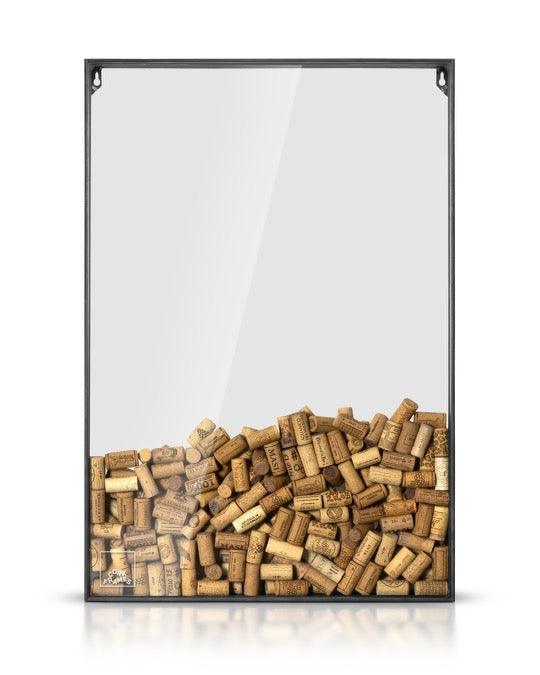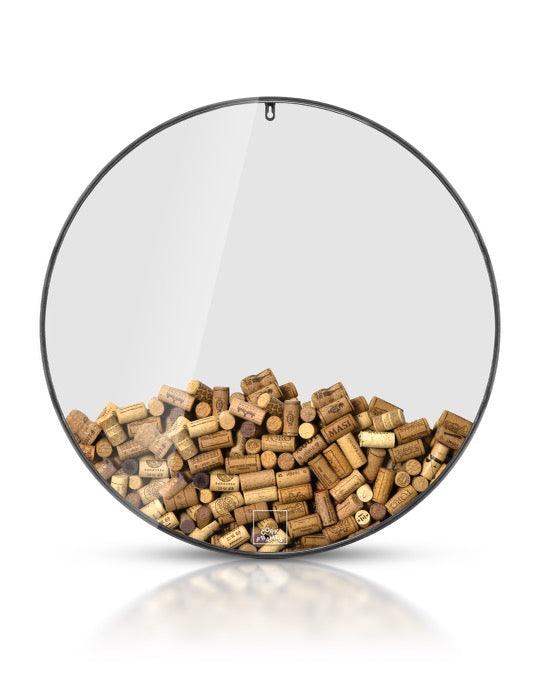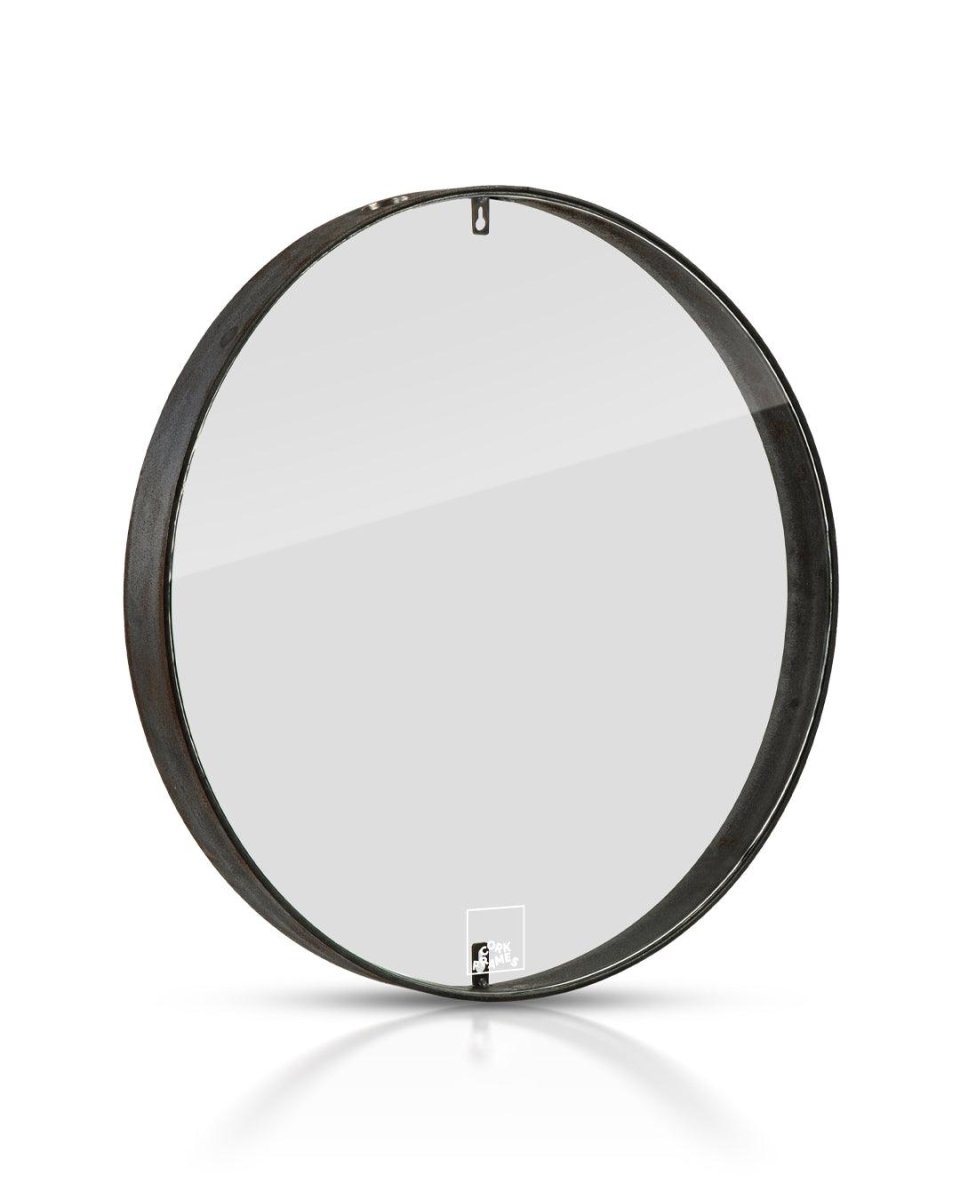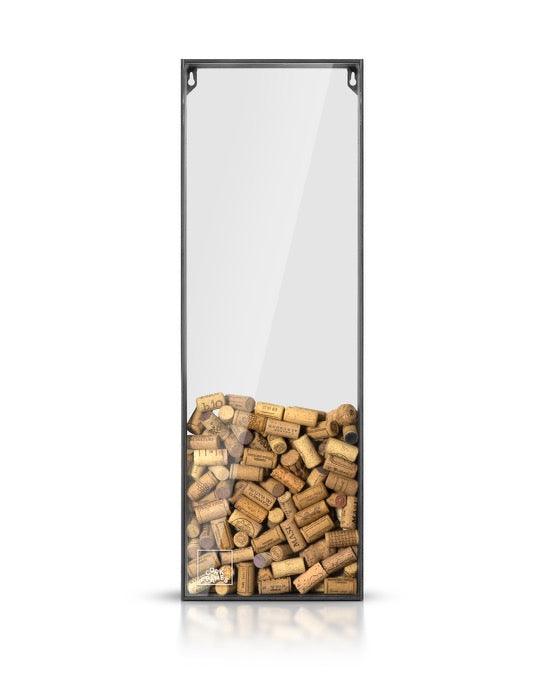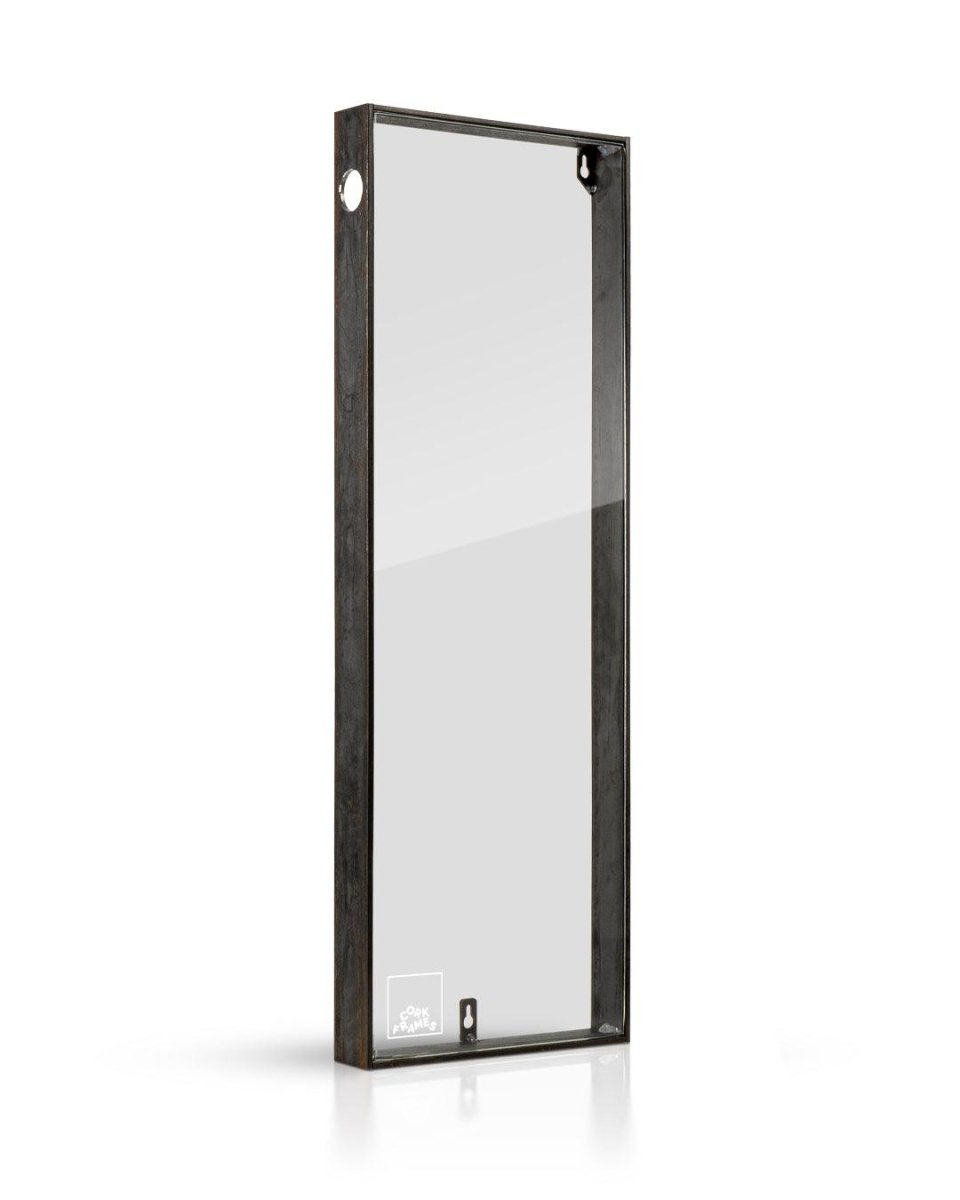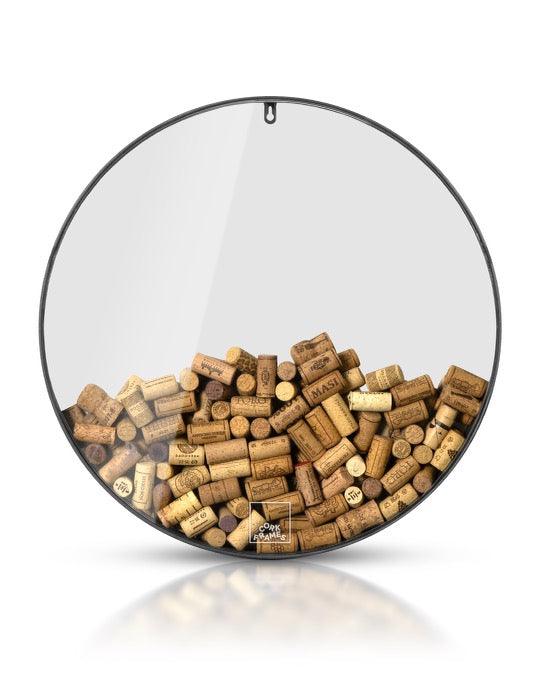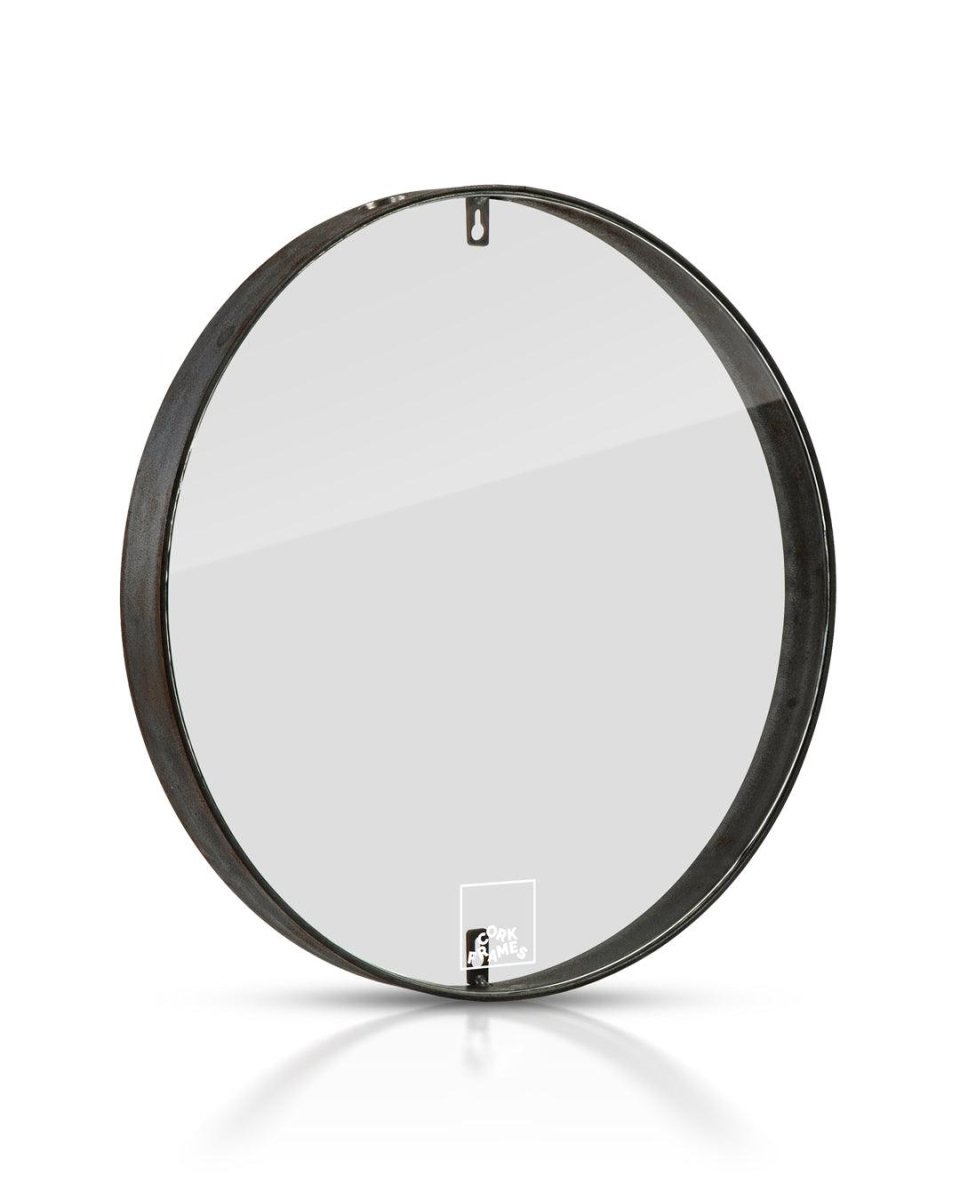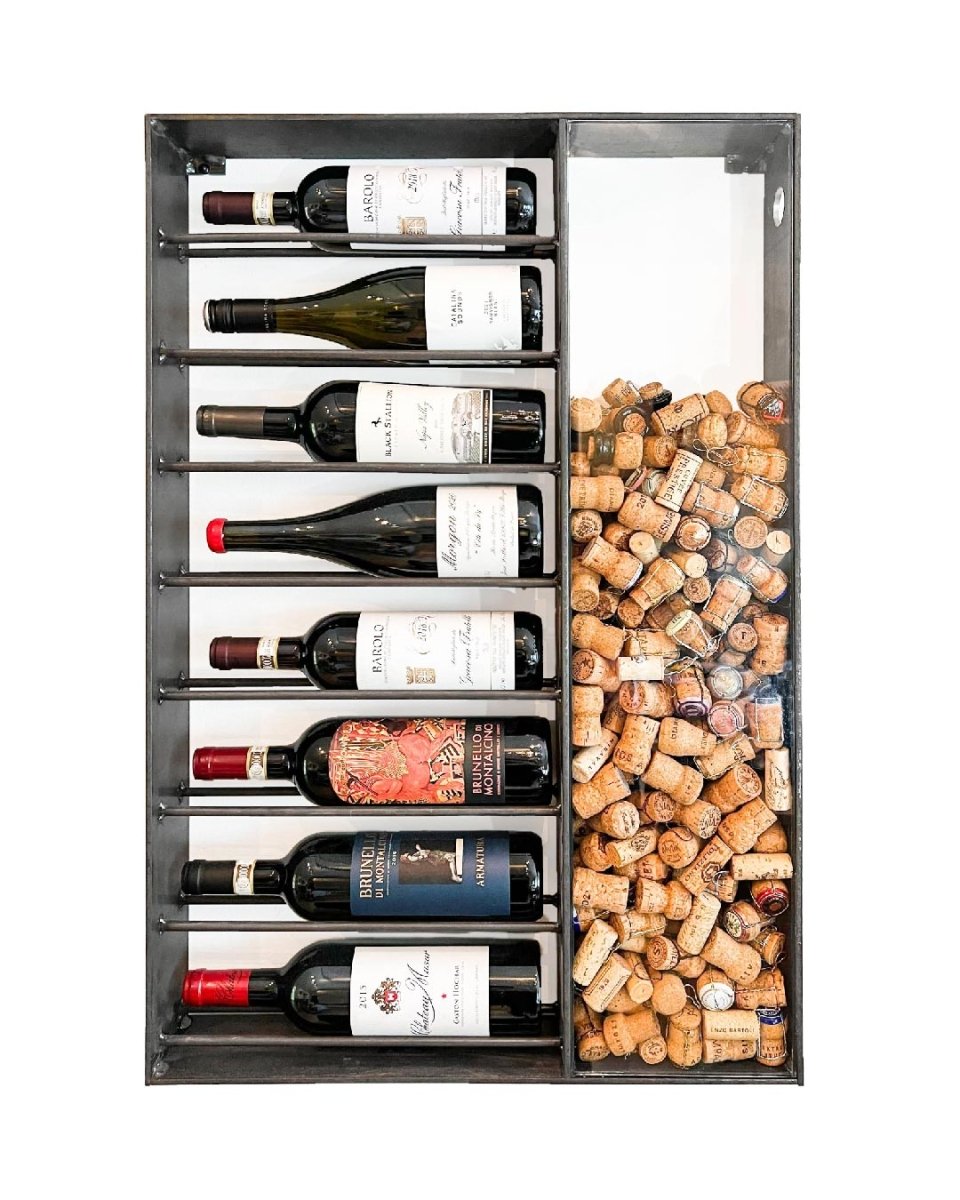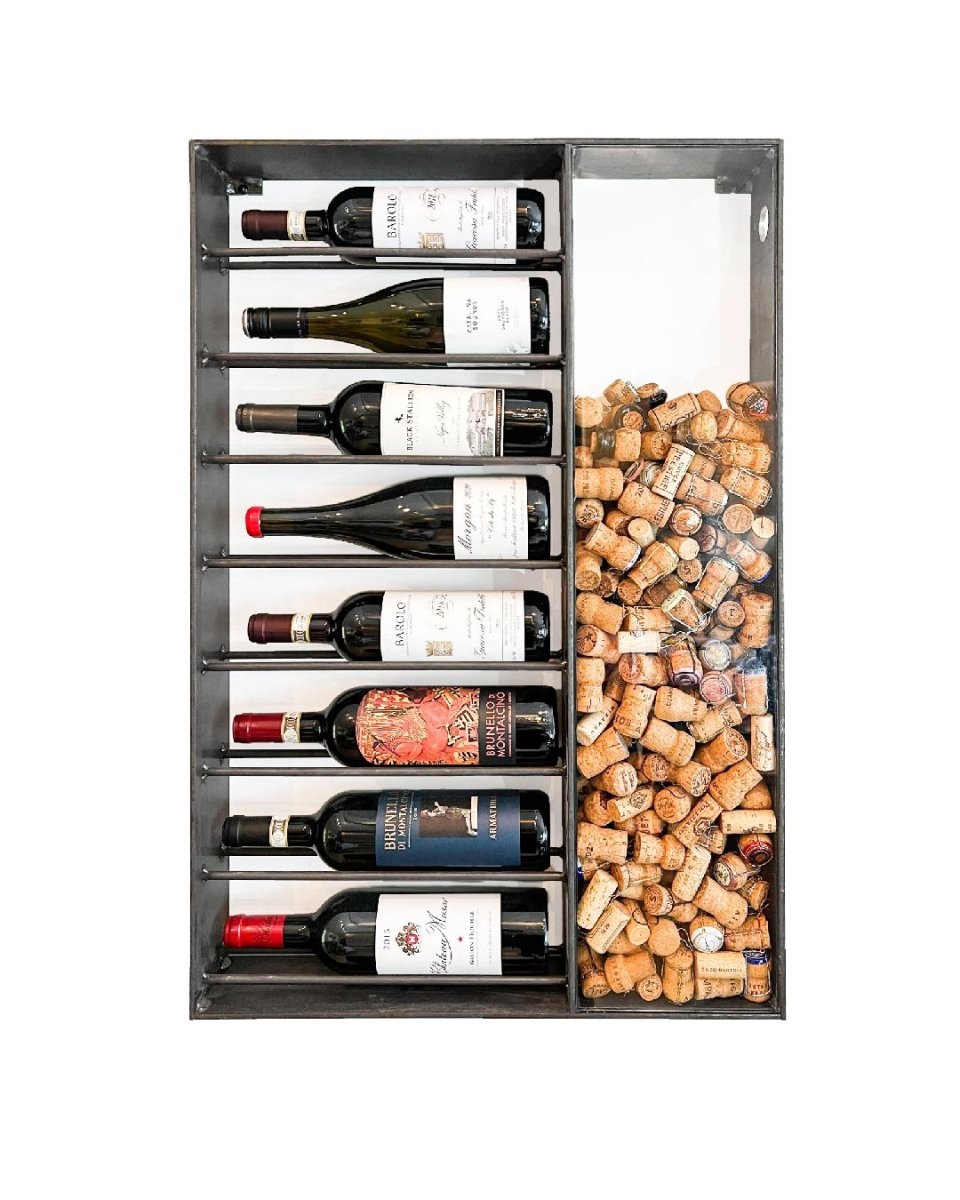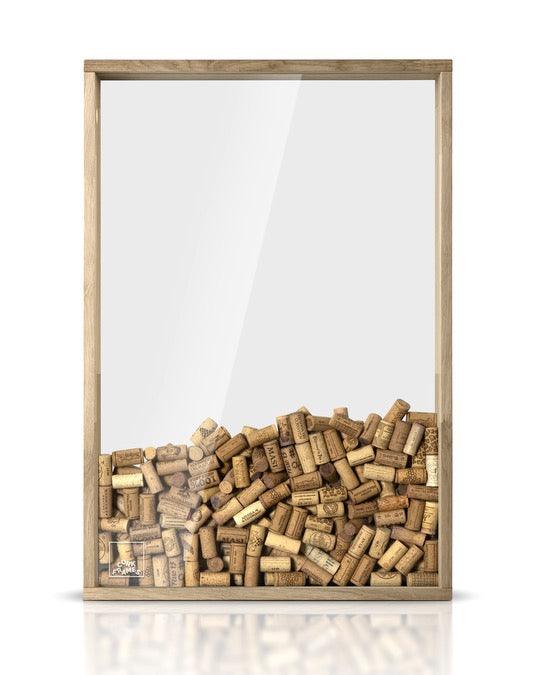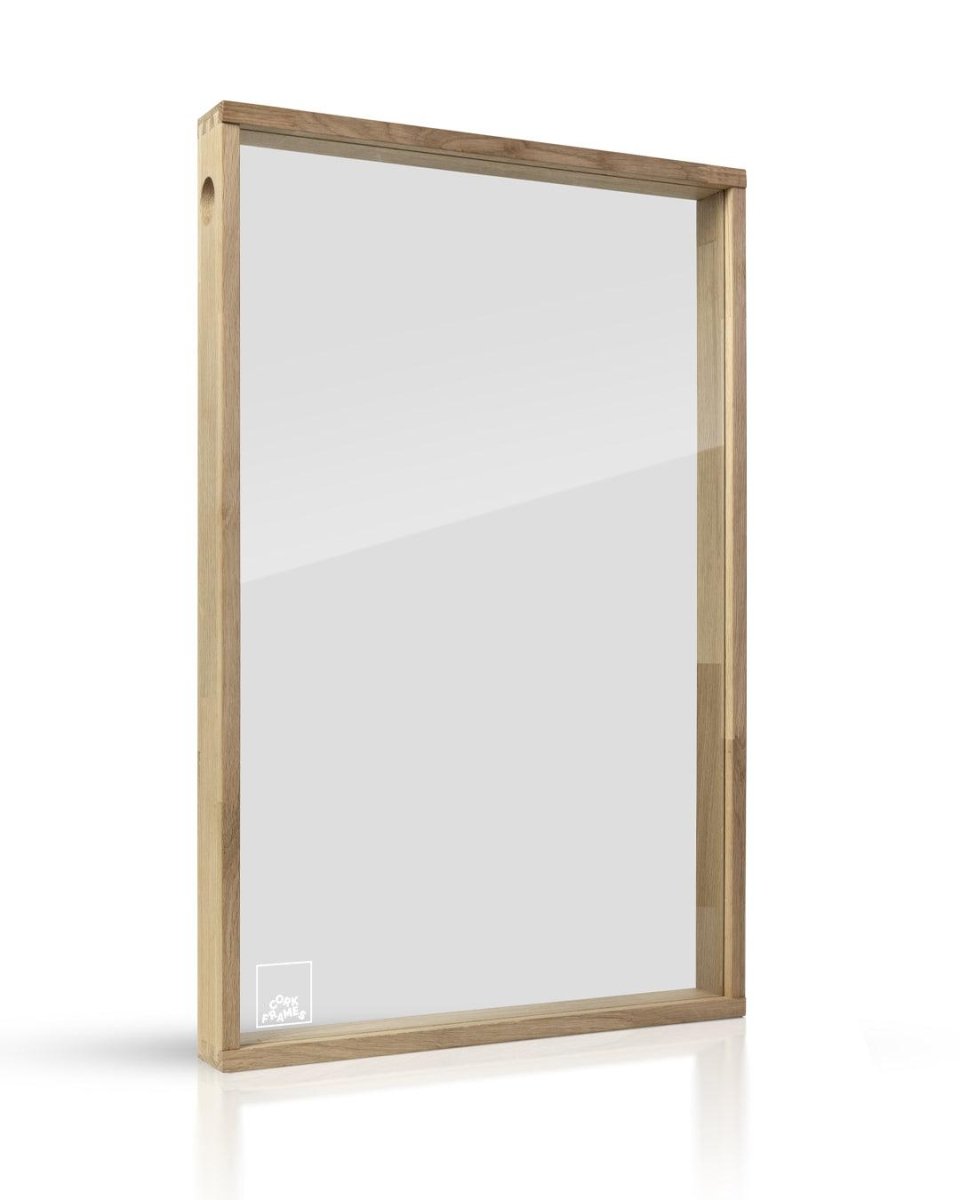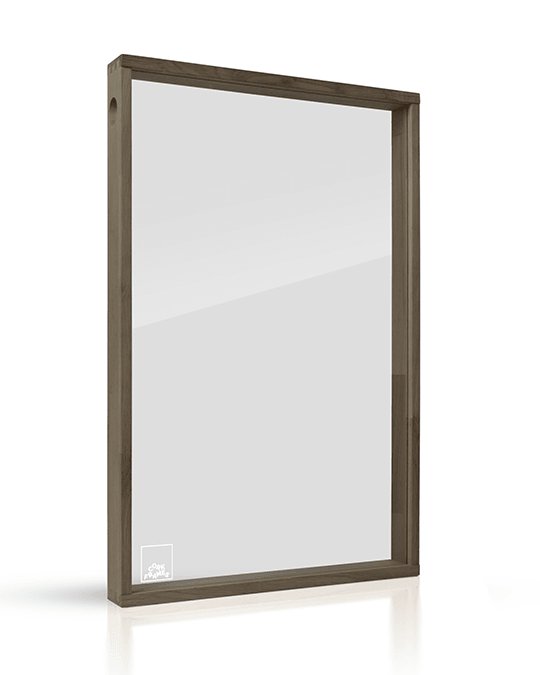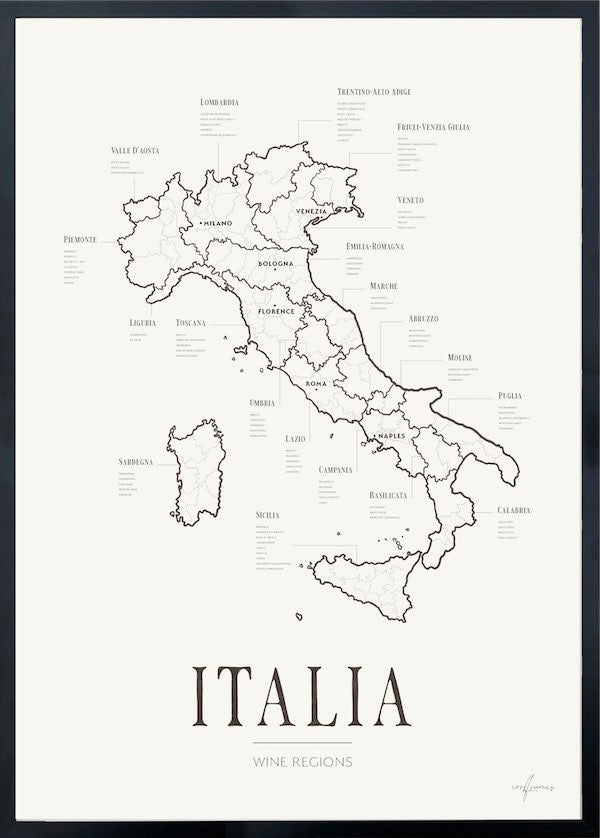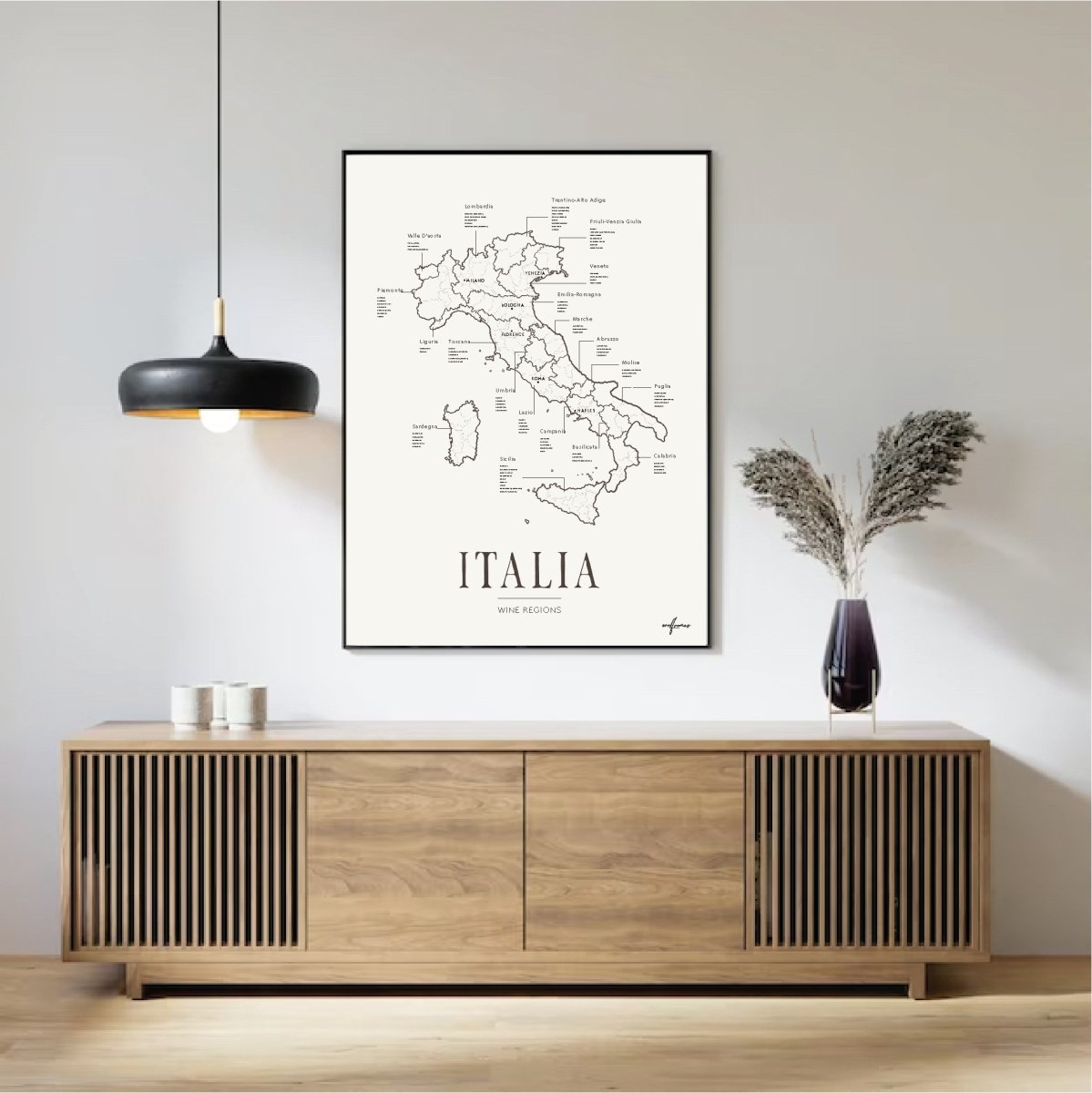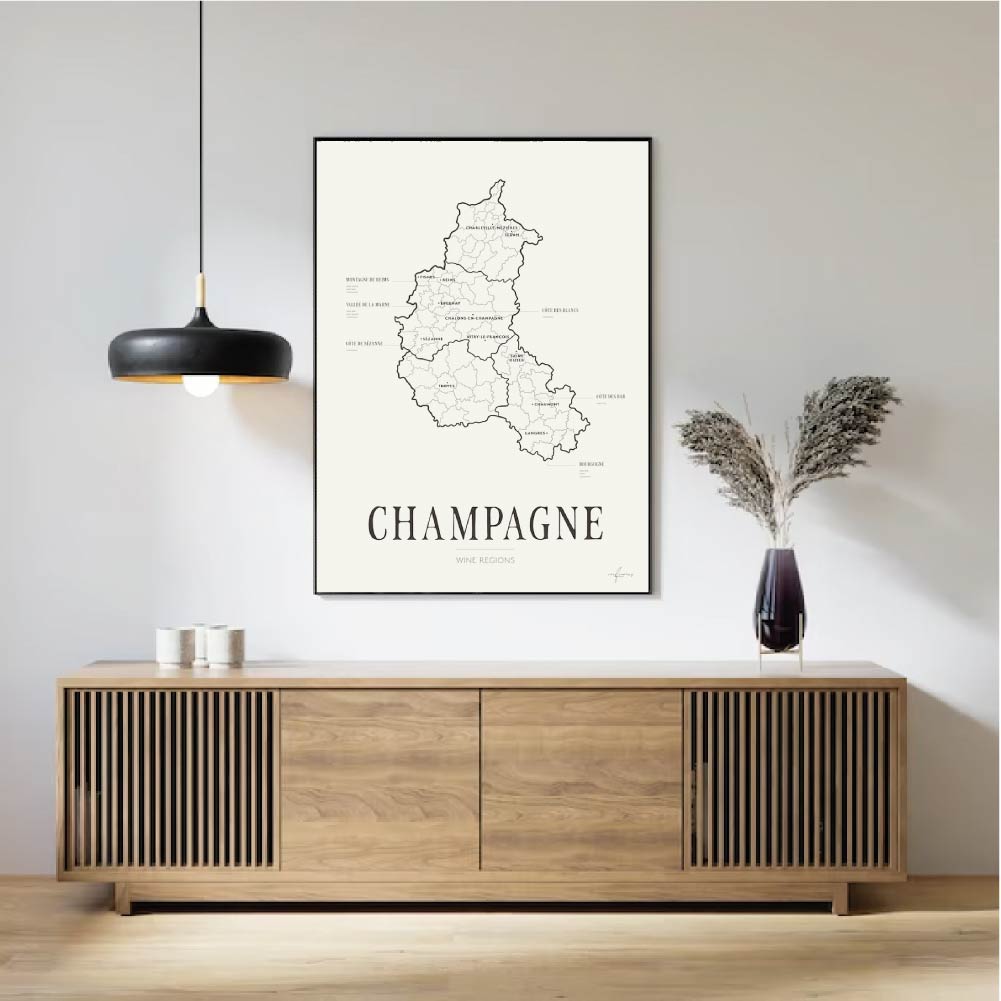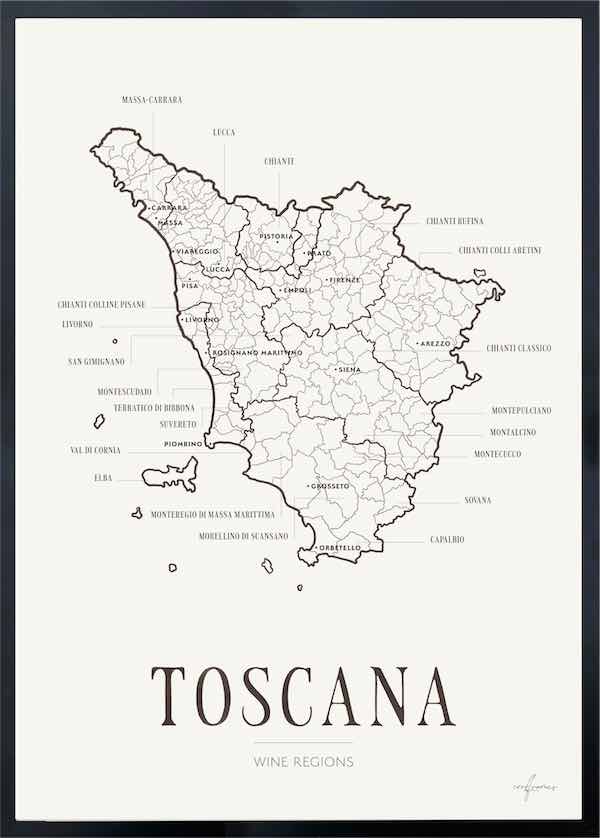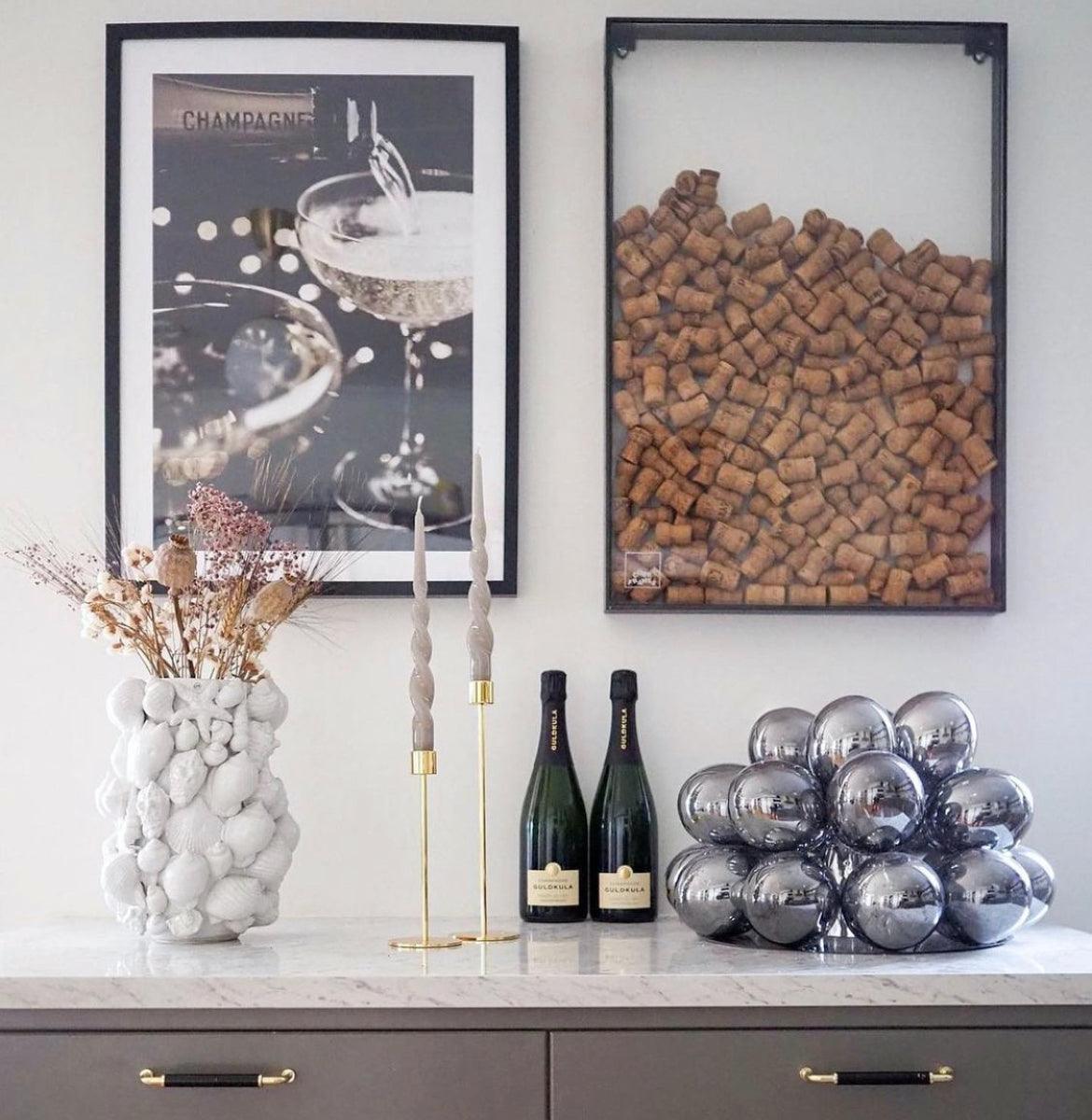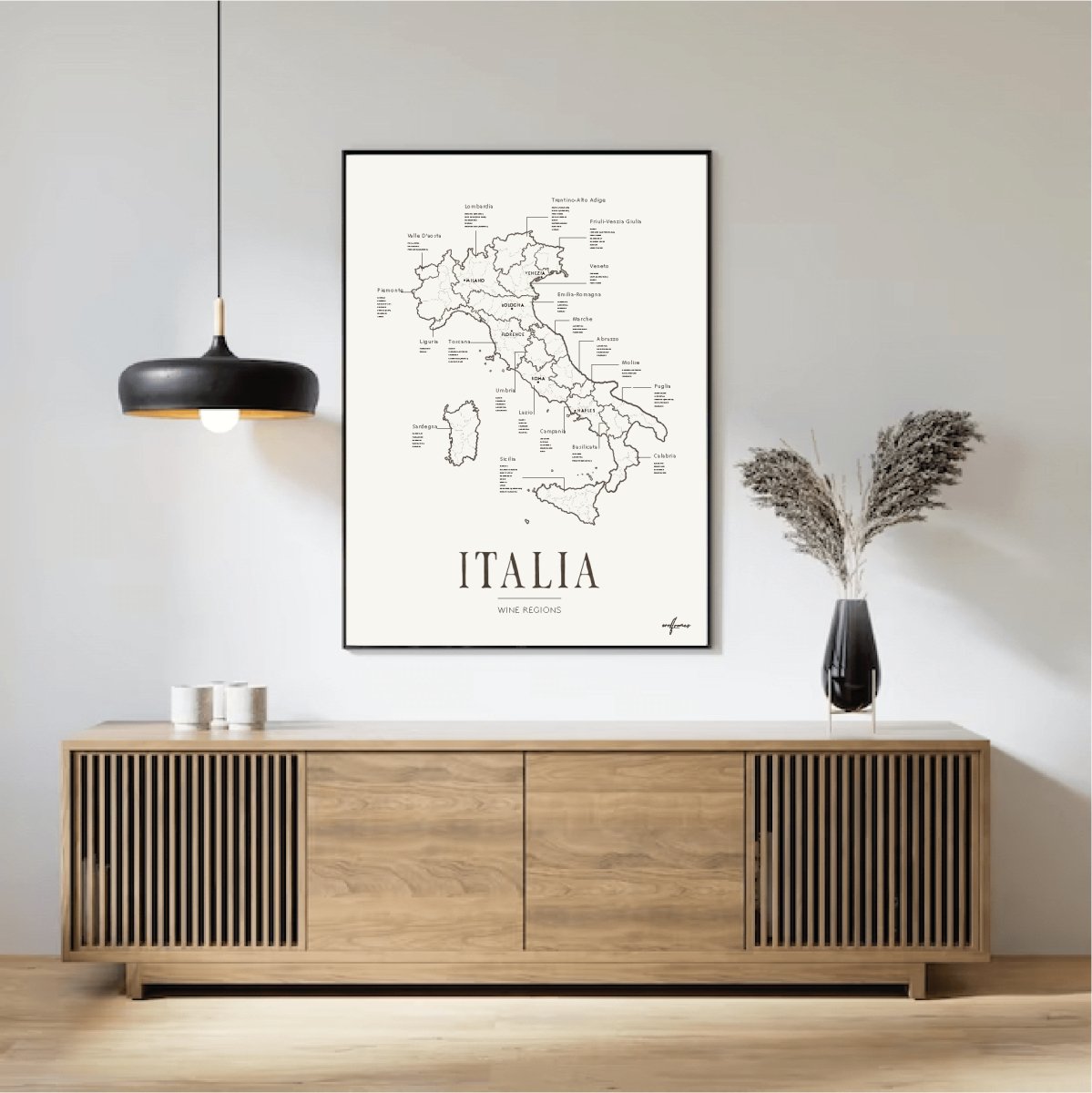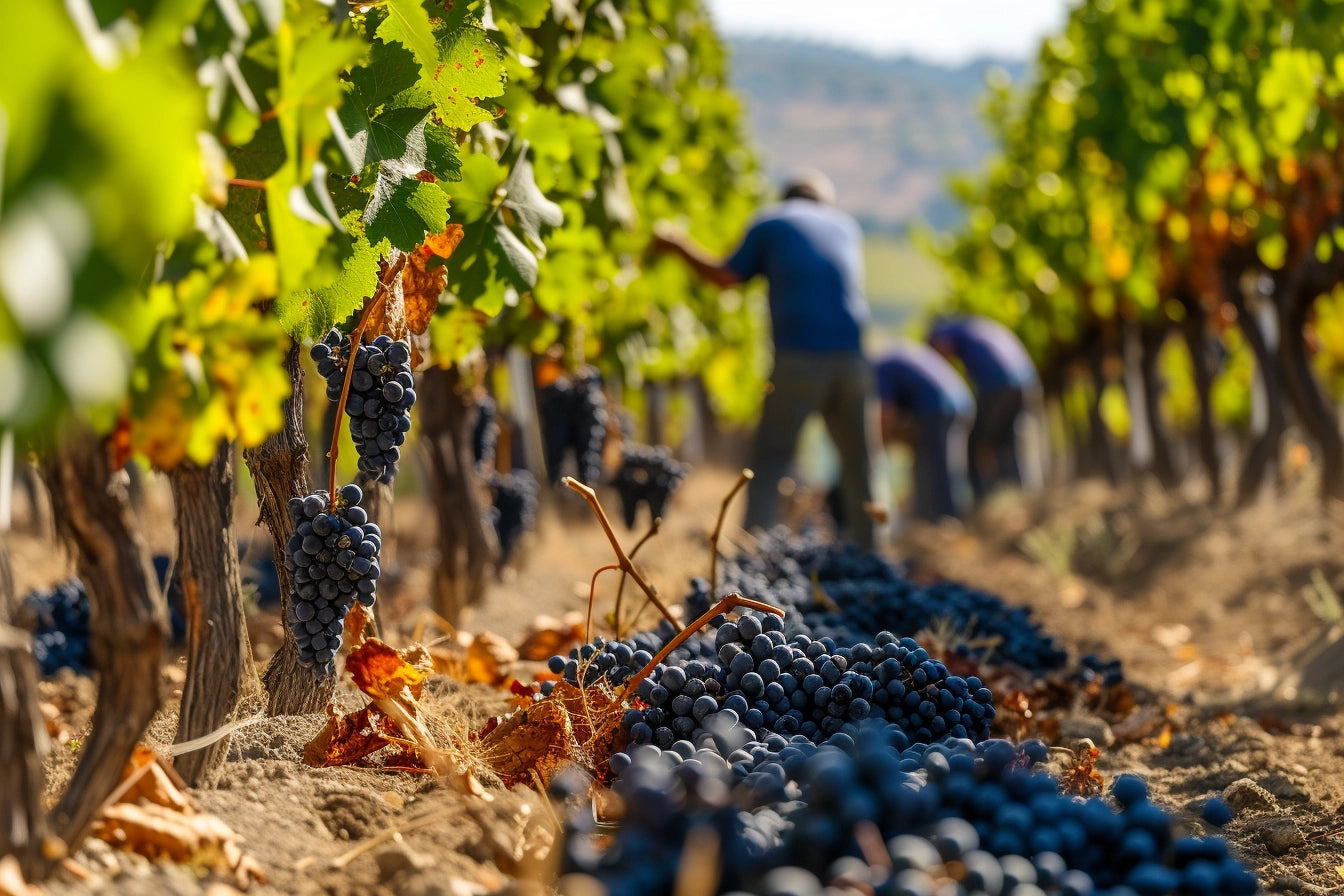Cork has been the closure of choice for wine bottles for centuries, celebrated for its unique properties that contribute to the preservation and maturation of wine.
Understanding why cork is used and the various types available provides insight into both the tradition and science of winemaking.
Why Cork is Used on Wine Bottles
-
Natural Sealant: Cork's cellular structure consists of millions of tiny, air-filled cells that provide elasticity and impermeability. This natural composition makes cork an excellent sealant, preventing the ingress of oxygen which can spoil the wine, while allowing minimal oxygen transmission that aids in the aging process.
-
Tradition and Perception: The tradition of using cork dates back to the 17th century. For many wine enthusiasts, the ritual of uncorking a bottle is an integral part of the wine experience. The presence of a cork is often perceived as a mark of quality.
-
Sustainability: Cork is harvested from the bark of cork oak trees, predominantly found in Portugal, Spain, and parts of North Africa. These trees are not cut down; rather, their bark is harvested every nine years, making cork a renewable and environmentally friendly resource.
-
Aging Potential: Wines intended for aging benefit from cork closures. The slight permeability of cork allows a very small amount of oxygen to interact with the wine, helping it to develop complex flavors and aromas over time.
Types of Corks
-
Natural Cork:
-
Single Piece Corks: Made from a single piece of cork, these are the most traditional and are used for premium wines. They are known for their excellent sealing properties and ability to aid in the aging process.
-
Colmated Corks: These are natural corks that have had their pores filled with cork dust and glue. This process improves the cork's appearance and sealing properties, often used for wines that are not intended for long-term aging.
-
Single Piece Corks: Made from a single piece of cork, these are the most traditional and are used for premium wines. They are known for their excellent sealing properties and ability to aid in the aging process.
-
Agglomerated Corks:
-
Agglomerated Corks: These are made from granulated cork particles bound together with a food-grade adhesive. They are generally used for wines intended for quick consumption and are less expensive than natural corks.
-
Technical Corks: A type of agglomerated cork with a disc of natural cork at each end. This combination improves the seal and mimics some of the aging benefits of natural corks, making them suitable for mid-range wines.
-
Agglomerated Corks: These are made from granulated cork particles bound together with a food-grade adhesive. They are generally used for wines intended for quick consumption and are less expensive than natural corks.
-
Synthetic Corks:
-
Plastic Corks: Made from polyethylene, these mimic the appearance and function of natural cork but are entirely synthetic. They provide a consistent seal and are not prone to cork taint (TCA contamination).
-
Plant-Based Corks: These are a newer innovation, made from biopolymers derived from sugarcane. They aim to combine the benefits of synthetic corks with sustainability.
-
Plastic Corks: Made from polyethylene, these mimic the appearance and function of natural cork but are entirely synthetic. They provide a consistent seal and are not prone to cork taint (TCA contamination).
-
Technical and Composite Corks:
-
Twin Top Corks: These have a natural cork disk at both ends and an agglomerated cork body. They offer a good balance between quality and cost, providing reliable sealing and some aging potential.
-
Diam Corks: Engineered corks that are treated to remove TCA, the compound responsible for cork taint. They offer the consistency of synthetic corks with the benefits of natural cork.
-
Twin Top Corks: These have a natural cork disk at both ends and an agglomerated cork body. They offer a good balance between quality and cost, providing reliable sealing and some aging potential.
-
Alternative Closures:
-
Screw Caps: While not a type of cork, screw caps are worth mentioning as a common alternative. They provide an airtight seal and are favored for their convenience and reliability, especially for wines meant to be consumed young.
- Glass Stoppers: These elegant closures offer an airtight seal and can be reused. They are gaining popularity for their aesthetic appeal and practicality.
-
Screw Caps: While not a type of cork, screw caps are worth mentioning as a common alternative. They provide an airtight seal and are favored for their convenience and reliability, especially for wines meant to be consumed young.
Cork remains the preferred choice for many winemakers due to its natural properties, historical significance, and sustainability. The various types of corks available allow winemakers to choose the best option for their specific wines, balancing cost, quality, and intended aging potential.
While alternative closures like screw caps and glass stoppers offer practical benefits, the tradition and nuanced performance of cork continue to make it a cornerstone of wine bottling.




